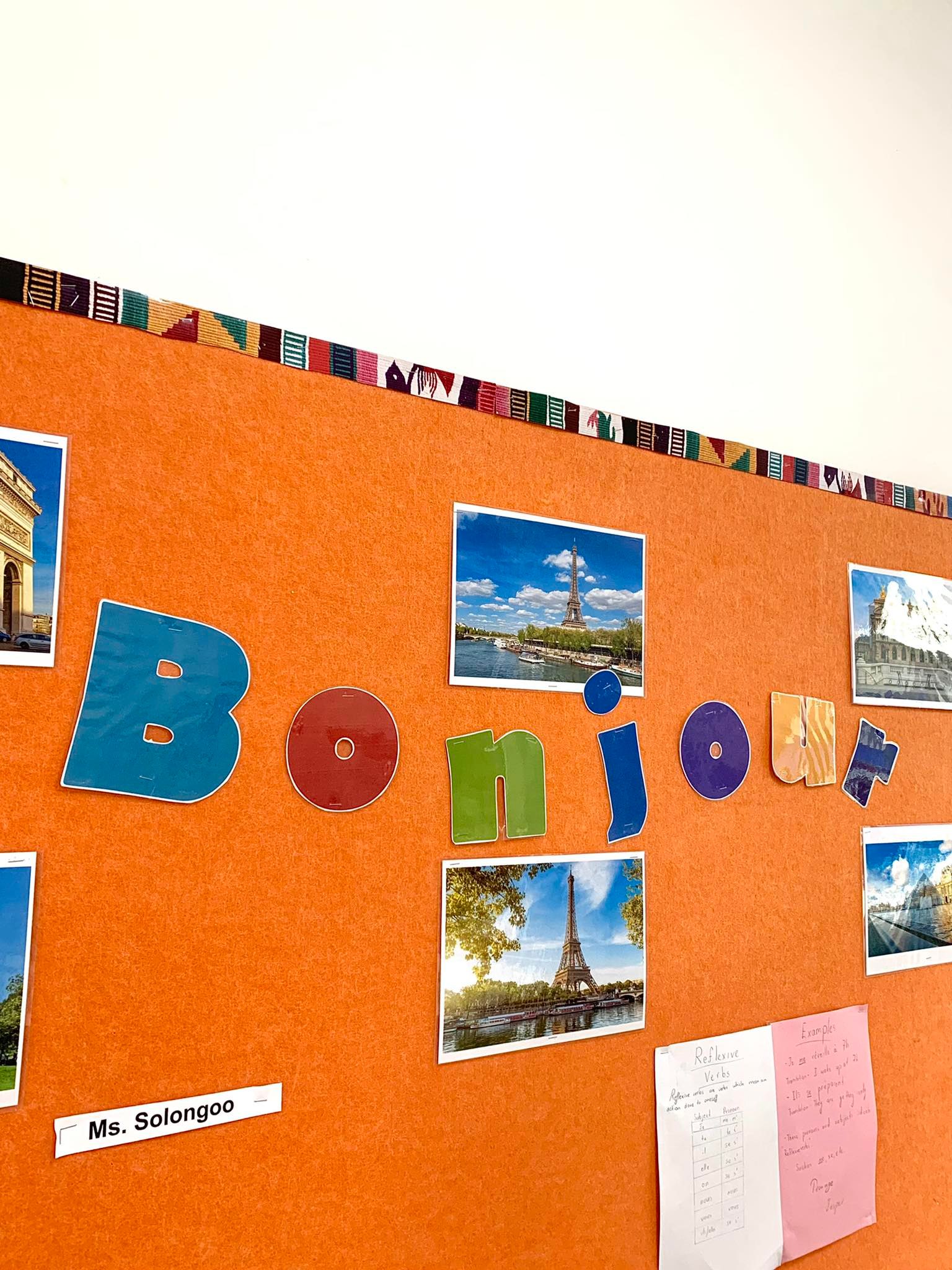French Language at ASU
American School of Ulaanbaatar offers Chinese and French languages to high school students. One of the graduation requirements includes the completion of 2 credit points from a foreign language besides Mongolian and English.
It has been proven that multilingual have better problem-solving skills as well as improved memory, concentration, and mental flexibility. Therefore, ASU constantly attempts to develop students' academic and interpersonal abilities to prepare them for globalization.
Benefits of learning the French language:
French is popular among students who are interested in the language and planning to pursue a degree in Canada, Belgium, France, or the other 23 countries whose native/second language is French.
For example, some Canadian universities require DELF (Diplôme d'Etudes en Langue Française) or DALF (Diplôme Approfondi de Langue Française) which are the only French as a foreign language diplomas issued by the French Ministry of Education. They are valid for life and are recognized worldwide. They allow you to officially validate your French learning. This standardized testing is required from some colleges and universities because Canada is a bilingual country, with English and French used concurrently in official documents, communication, and education.
The French program at ASU:
The French language is offered to high school students from grades 9-to 12. In middle school, students are able to choose French for beginners as a co-curricular activity (CCA) on Monday and Wednesday.
In high school, there is a total of 4 levels of French classes, students are able to choose the next level once they have successfully completed the level prior.
In French Level 1, there is a total of 5 units. Students master countries, nationalities, schools, and classrooms. Utilizing this foundation, students learn to formally and informally greet others as well as master writing their own biographical information. From units 2-3, grammar such as prepositions, verbs, and nouns are studied in-depth. At the end of unit 5, Level 1 French students are able to talk about holidays, locations, cities, directions, family members, and time and have completed a number of projects, and oral presentations in French.
This level 1 class also gives in-depth information about French cities, holidays, cultures, and countries that speak French as a second language.
In French level 2, students learn to express emotions, needs, opinions, and ideas in this 4 unit course. At the end of the unit, students will be able to freely express weather, food, fashion, clothes, everyday purchases, restaurants, give food orders, and everything around the house and school. Grammar rules extend to learning pronouns, adjectives, past tenses, and extension into combining verbs with other prepositions.
Students also complete projects such as talking on the phone, physical description, their interests, and giving orders on the phone in combination with oral and poster-based presentations.
In French level 3, consisting of 5 units, students will be able to talk about emotional wellbeing, friendships, relationship, internship/job interview, and their basic etiquette. This level is heavy on grammar and vocabulary as well as using the right sentence structures. Students in this level also research French people, living in France, different types of lifestyles, comparing the quality of life in the cities of France and cultural differences between France and other countries.
Furthermore, French level 3 gives background information about the Erasmus program which is the new program combining all the EU's current schemes for education, training, youth, and sport, which was started in January 2014.
In French level 4, students are able to read media such as newspapers, digital news, listen to radio and television. In alignment with the DELF examination, ASU students are able to obtain a B1 score. French level 4 dives into the life changes, professions, wishes, inspirations, explaining about the environment, education for health and prevention. This level also considers oral, writing, and listening examinations in combination with a number of presentations and recorded voice projects.


